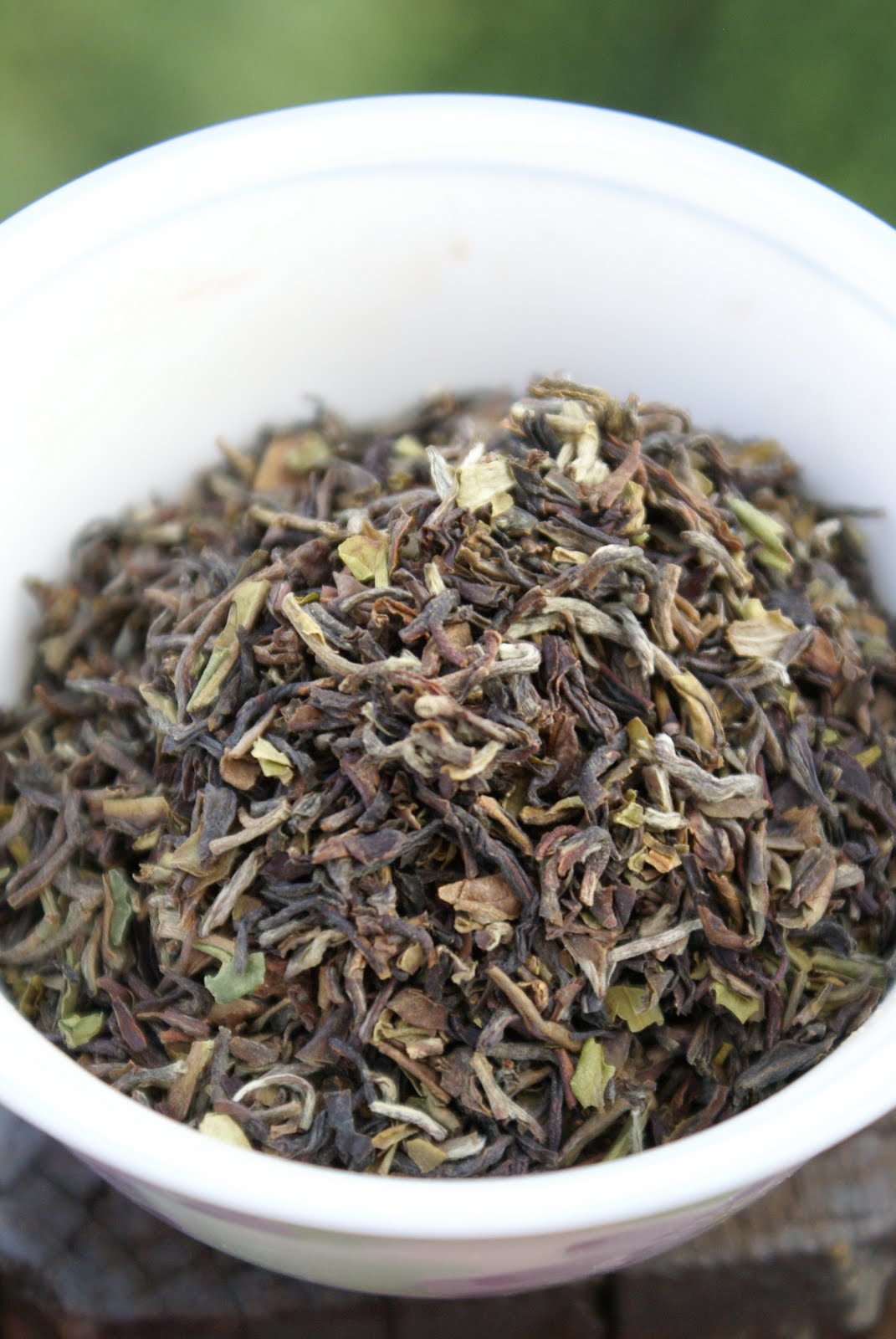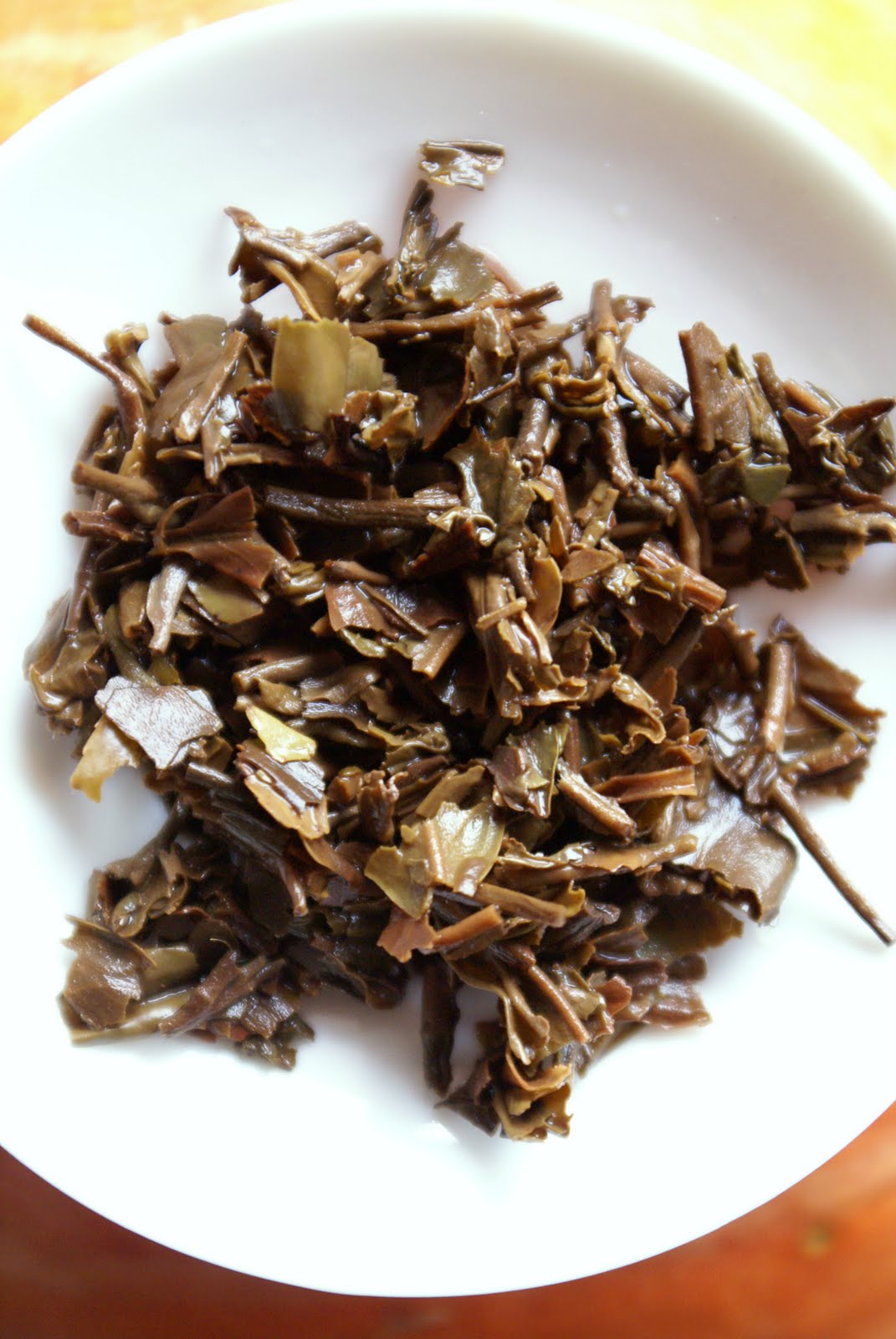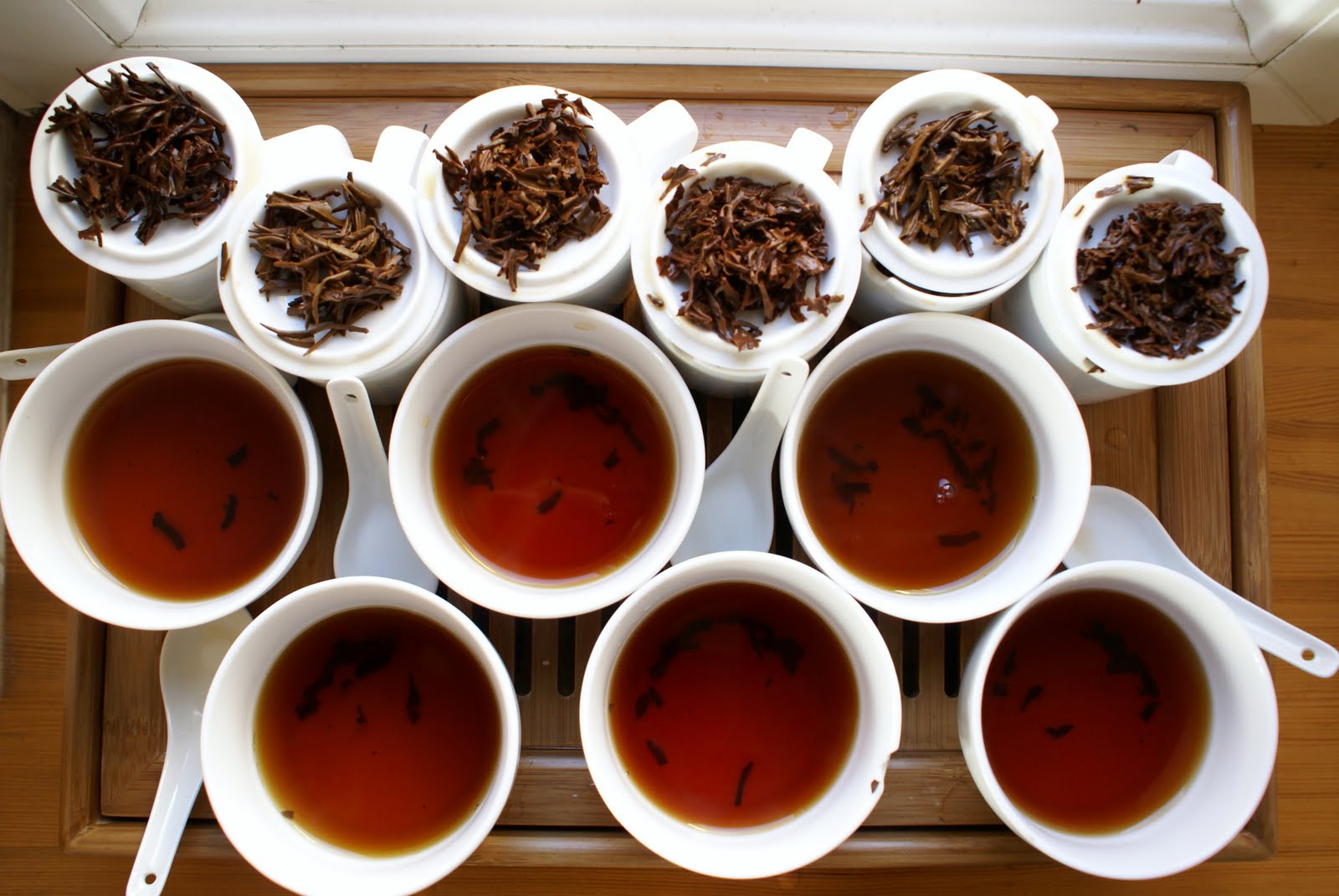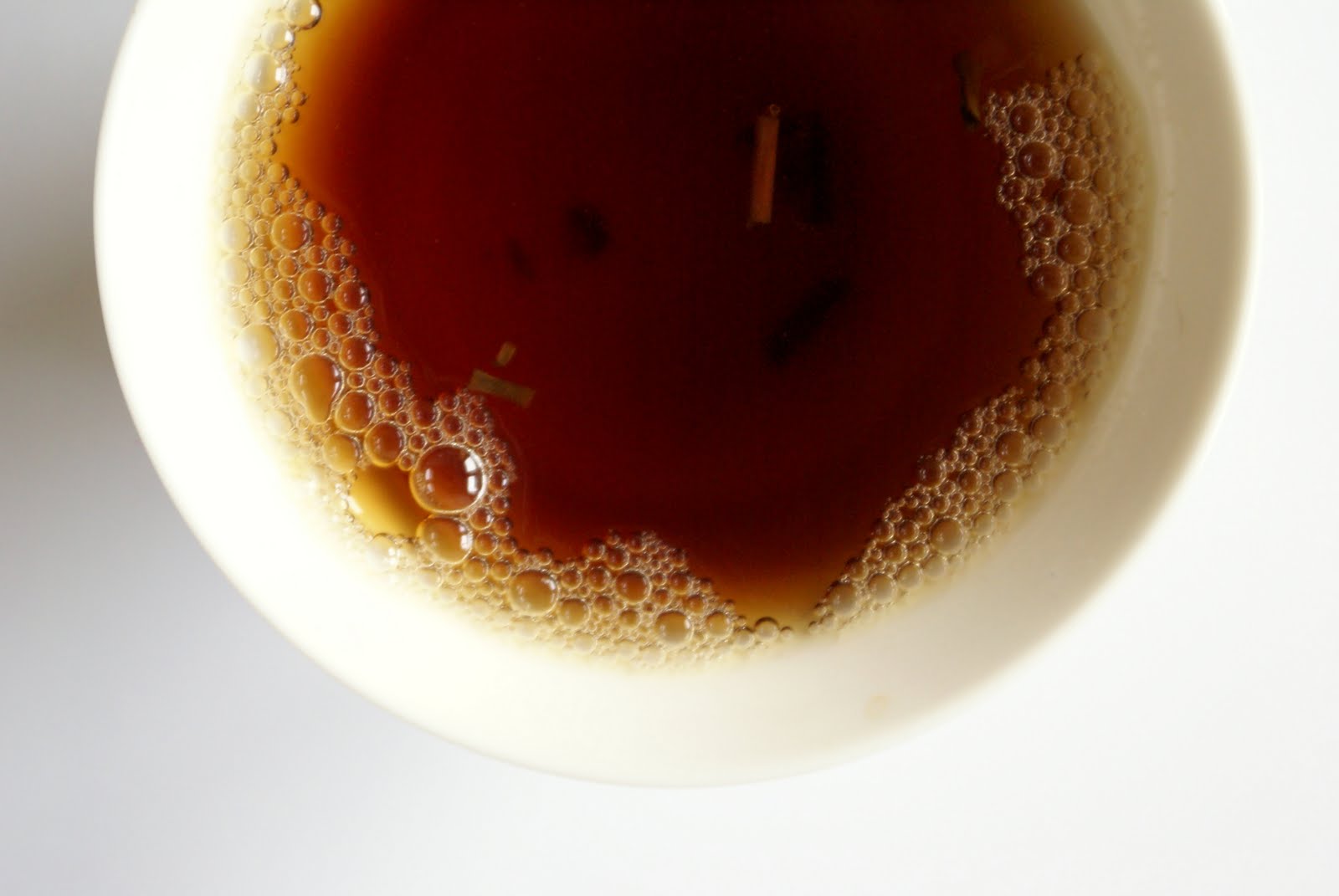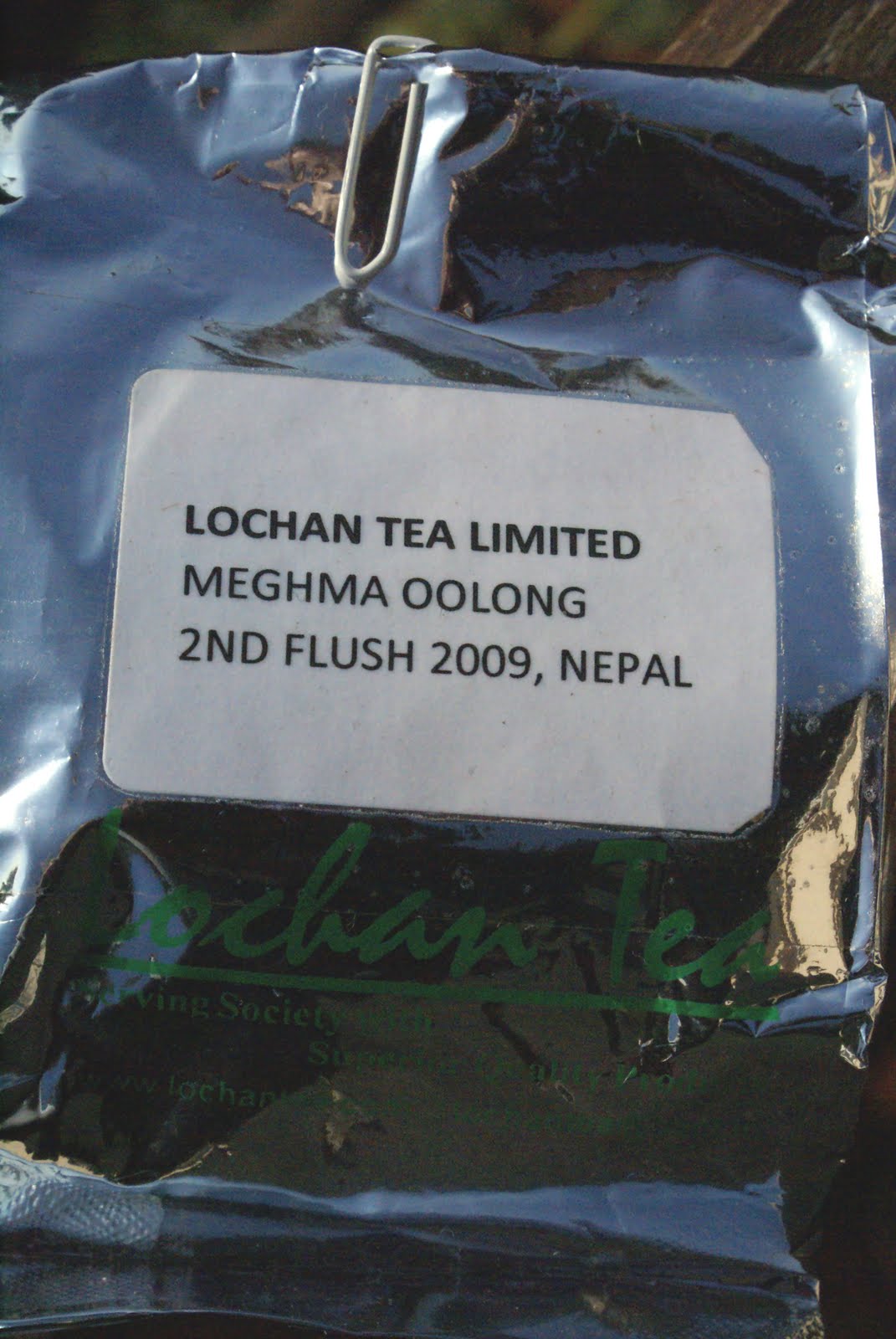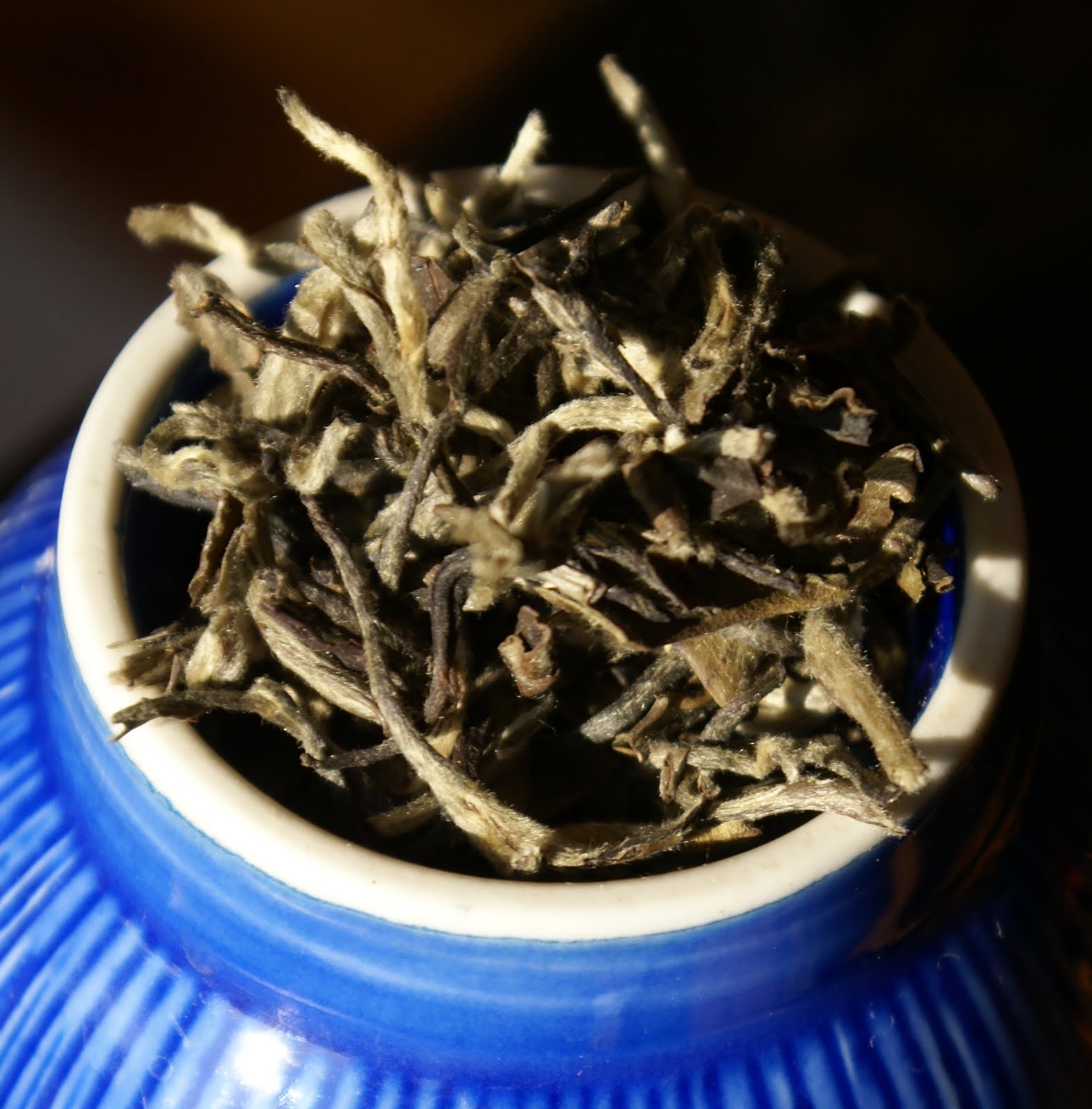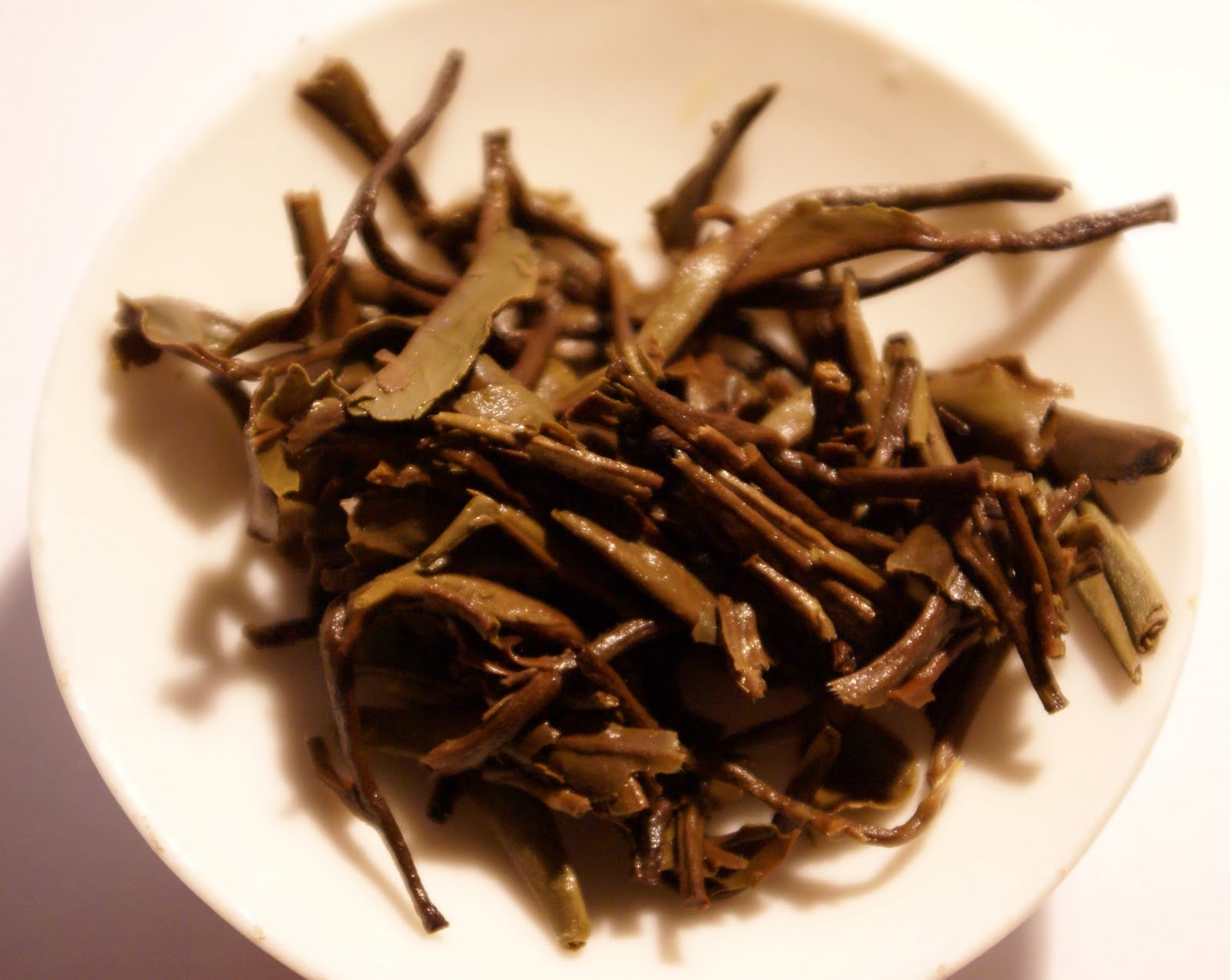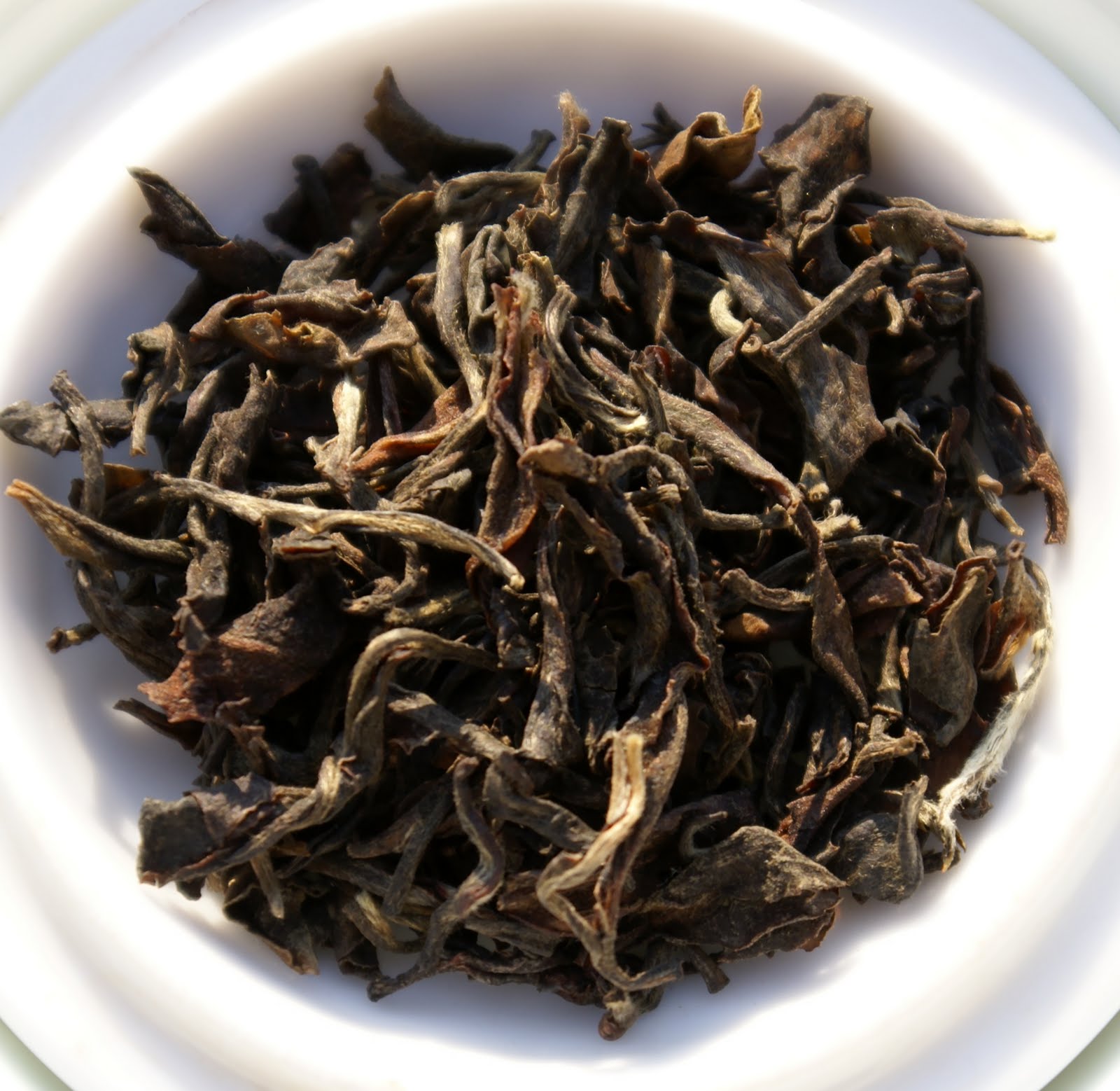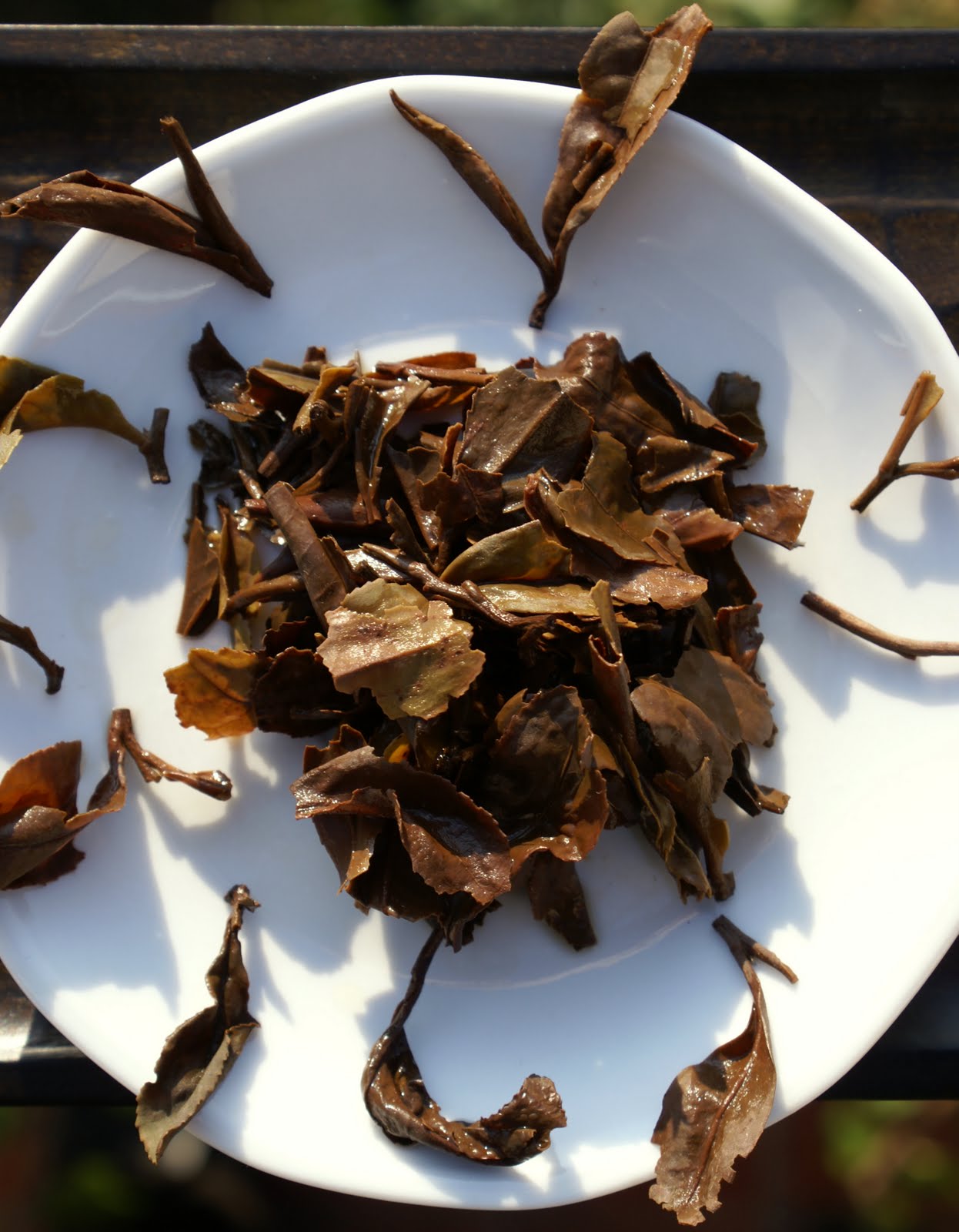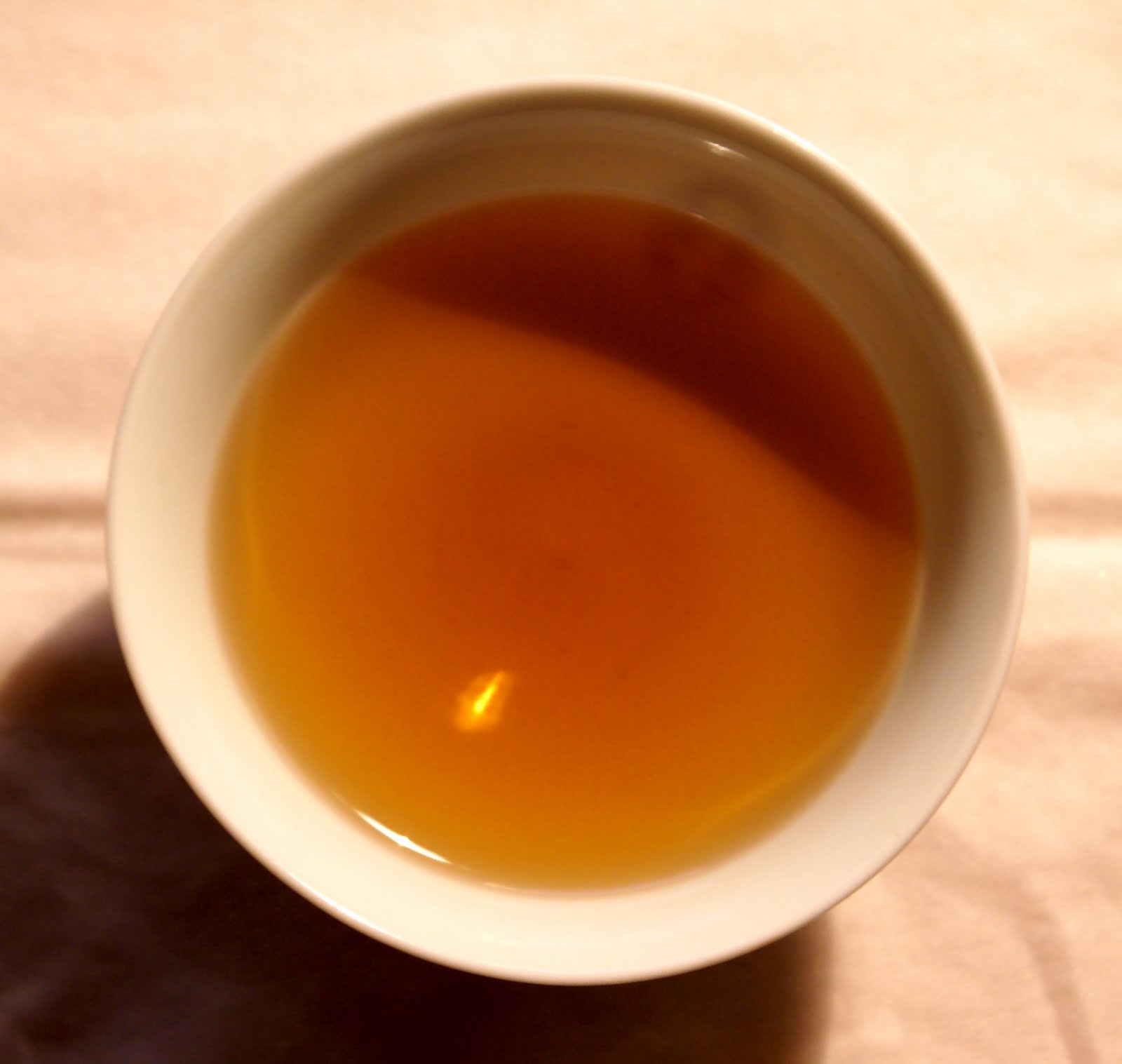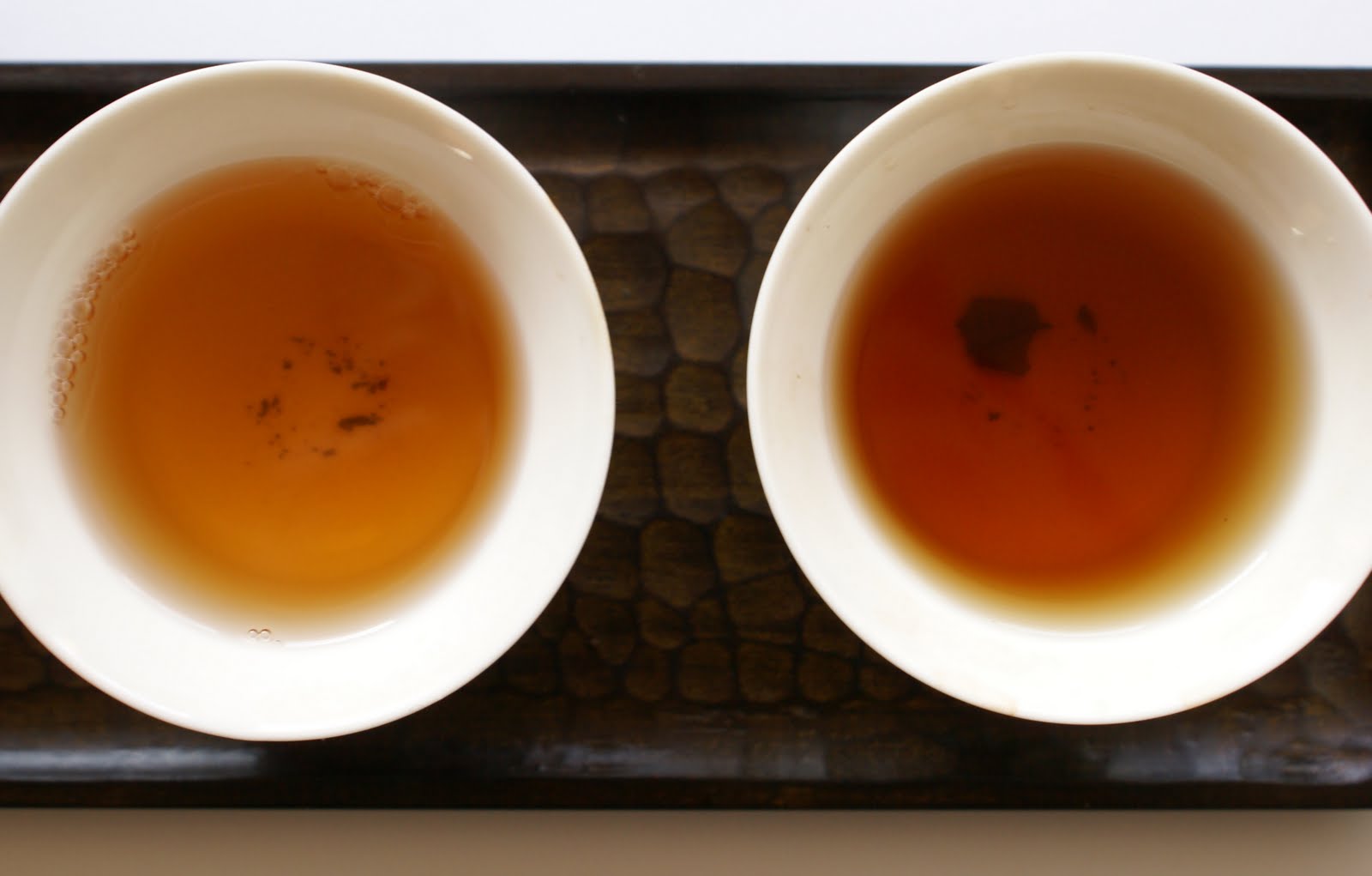I rarely drink any black tea, and when I do, I tend to go for the lighter styles such as Darjeeling, or complex Chinese teas I have a weakness for such as Yunnan. So Assam – the strongest black tea in Asia – is never high on my list.
It was interesting, therefore, to operate a full-immersion Assam course tasting six teas sourced from Lochan Tea Ltd. Two (teas B and D on the list below) are part of the ongoing online tasting on Facebook while the remaining four were part of the free 2nd Flush sampler pack I ordered back in June (and which is still available – see here).
Let me just say that the tasting revealed an unexpected richness of styles. I was expecting all teas to conform to the deeply coloured, full-bodied, tannic, chunky Assam stereotype but several samples actually showed quite some complexity and elegance. Plus it must be mentioned these teas offer tremendous value for money: they range from $1 to $4 per 100g which is several times less than good Chinese black teas and 50% less than a good Darjeeling.
All teas are 2009 2nd flushes from Assam and all were brewed competition-style (2g of leaf / 100ml boiling water / 5 minutes).
A. Budlabeta FTGFOP1
B. Harmutty Golden Paw
C. Harmutty FTGFOP1 Tippy
D. Hattialli Golden Bud
E. Rembeng FTGFOP1 Clonal
F. Sewpur SFTGFOP1
Top row, A to C, bottom row, D to F.
The dry leaf shows the great stylistic diversity of these six teas:
A. Highish grade (but leaves larger than other samples), negligible tips. Subdued aroma, unpushy oxidation, dried fruit/spicy: mulled orange, minor chocolate; caramel and red fruit jam too from warmed leaves.
B. Good grade, good proportion of golden tips/buds, but ‘Golden Paw’ is a little over-indulgent. Aroma not so oxidation-driven, quite sweet (brown sugar), minor spice, inviting.
C. The name says it all: this is tippy tea! Dominated by orange-amber tips (>50%). Aroma close to a Darjeeling: subtly herby, spicy (bergamot), more lifted, far less chocolatey and charcoaly than Assam average.
D. Good grade, deep black colour, around 20–30% tips yielding a brighter, orangey-spicy aroma to the deeply smokey, fully-oxidised aroma. Warmed leaf smell less attractive.
E. Another über-tippy Assam, very well-processed, abundantly hairy, orange-coloured tips (~50%), remaining leaves more brown than black in colour. Distinctive, very sweet aroma, almost grapey (muscatel?), dried red fruits; little obvious oxidation, no herbiness.
F. Good grade, conservative blend, small leaves, not very dark colour, negligible tips. Aroma subdued, earthy, herby, black-teaish, minor bitter chocolate. Expecting a bone-dry tea no-nonsense tea.
As you can see the difference in colour between the infused teas is very minor:
Tasting notes:
A. Pleasant dried fruits aroma (prunes perhaps) but unremarkable flavour, black-teaish (later Chinese mushrooms and seaweed, odd). Ordinary with little personality. Not too tannic.
B. Deepest colour of all. Meaty, chewy, deep aroma, Assam-typical with good depth of taste. Very tannic, easy to overbrew, a bit low on fruit. In the comparative tasting this is underwhelming and unbalanced. Lochan Tea recommend to brew this at 82C and as odd as it seems it makes sense: a much lighter version no black or purple hues, good fruit, echoes of dry leaf sweet treacly note; chewy, earthy Assam notes kept in the background. A little vague and unstructured with a chunky finish but better than with boiling water.
Harmutty 2009 FTGFOP1 Tippy: almost looking like a Darjeeling.
C. Standard parameters bring an unexpectedly hefty tea but fairly complete, with unaggressive tannins and excellent length (as always with buds). Even better when brewed lighter, wonderful tea, subtly spicy, juicy, mildly Oriental Beauty-like in the incomplete oxidation, not really tannic. Brilliant value. But positively un-Assamish.
D. Deep brown colour. Restrained aroma: rich, malty. Lovely balance in taste, very good tea, broad, voluminous and complete. Perhaps most tannic of six. Big, assertive. Here again Lochan recommend brewing at 90C giving some unexpected sophistication and softness in taste. Very different than C but excellent.
Hattialli 2009 Golden Bud: a classic Assam colour.
E. Extra fruitiness on nose, orangey, citrusy, bright, open. Nice balanced tannins. Nuanced and balanced. Surely best of flight together with C. Easy to brew, the tannins are so balanced you have to push it hard to get any astringency. Fantastic value.
F. Simplest of six, linear and uncomplex. Unremarkable and somewhat diluted even at high dosage. Not so much power even brewed with a heavy hand. Decent quality, cleaner and preferable to A.
Wet leaf appearance and final remarks:
A. Expired leaves quite thick and coarse, high amount of stalks. Wet leaf smells very earthy with minor fruit sweetness. Ordinary tea and clearly a lower grade (so why is it called an FTGFOP1).
B. Wet leaf is not bad showing an amount of tips, however this is a bit unbalanced and takes some extra care in the brewing to produce a good cup. Good not great. Best thing about this tea is the evocative ‘Golden Paw’ name.
Expired leaf of Harmutty 2009 FTGFOP1 Tippy.
C. About the highest grade I’ve seen in a black tea: wondrously healthy bud-and-leaf systems with not a particle of broken leaf. Thoroughly lovely from looking at the dry leaves to finishing the second brew cup. And it’s only $4 / 100g.
Expired leaf of Hattialli 2009 Golden Bud.
D. Nothing special about the wet leaf, seems less tippy than B but surely tastes better, a well-presented, balanced and complete tea, classic Assam with some extra elegance and character, recommended.
E. Wet leaf similar to C, lots of tips, intact leaf. Clearly a special small lot production. Brilliant tea at a ridiculous $2 / 100g although in the end I preferred C by a minor margin.
F. Wet leaf plain-looking, good grade with no fannings but nowhere the tippy extravagance of C and E. Small chopped leaves but at least not the coarse lower-grade leaf of A. Ordinary but not bad.



